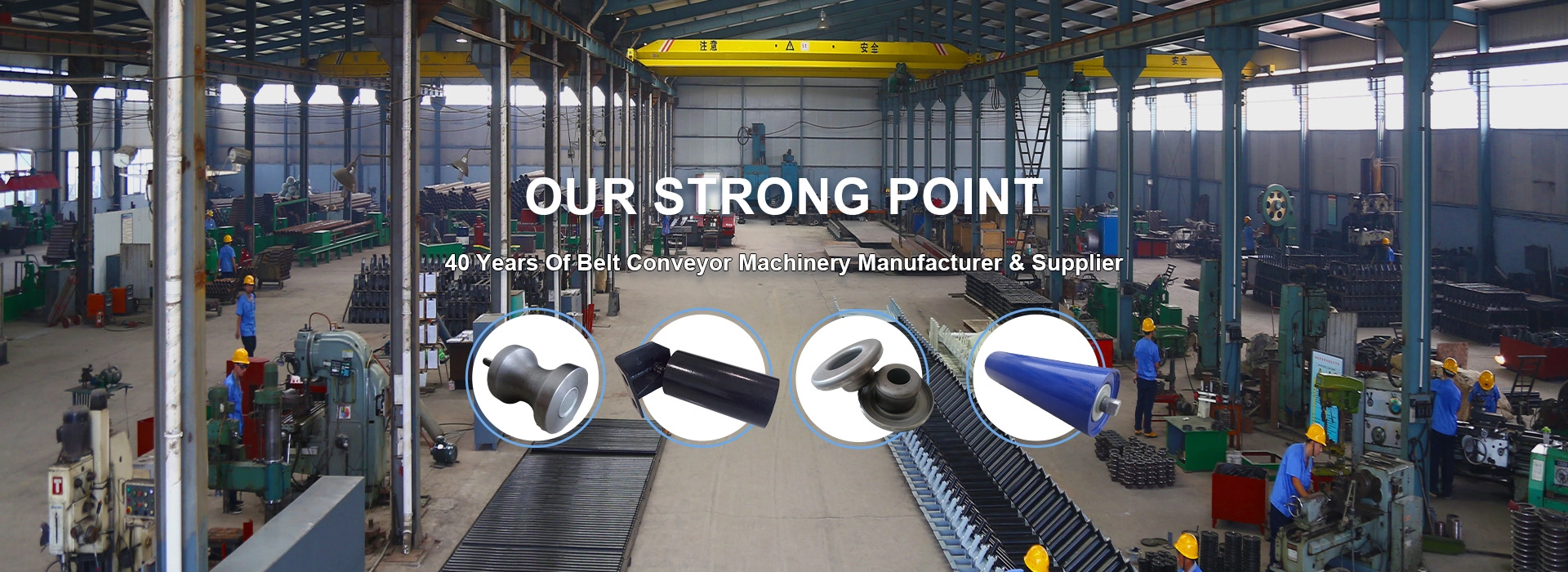 Afrikaans
Afrikaans  Albanian
Albanian  Amharic
Amharic  Arabic
Arabic  Armenian
Armenian  Azerbaijani
Azerbaijani  Basque
Basque  Belarusian
Belarusian  Bengali
Bengali  Bosnian
Bosnian  Bulgarian
Bulgarian  Catalan
Catalan  Cebuano
Cebuano  Corsican
Corsican  Croatian
Croatian  Czech
Czech  Danish
Danish  Dutch
Dutch  English
English  Esperanto
Esperanto  Estonian
Estonian  Finnish
Finnish  French
French  Frisian
Frisian  Galician
Galician  Georgian
Georgian  German
German  Greek
Greek  Gujarati
Gujarati  Haitian Creole
Haitian Creole  hausa
hausa  hawaiian
hawaiian  Hebrew
Hebrew  Hindi
Hindi  Miao
Miao  Hungarian
Hungarian  Icelandic
Icelandic  igbo
igbo  Indonesian
Indonesian  irish
irish  Italian
Italian  Japanese
Japanese  Javanese
Javanese  Kannada
Kannada  kazakh
kazakh  Khmer
Khmer  Rwandese
Rwandese  Korean
Korean  Kurdish
Kurdish  Kyrgyz
Kyrgyz  Lao
Lao  Latin
Latin  Latvian
Latvian  Lithuanian
Lithuanian  Luxembourgish
Luxembourgish  Macedonian
Macedonian  Malgashi
Malgashi  Malay
Malay  Malayalam
Malayalam  Maltese
Maltese  Maori
Maori  Marathi
Marathi  Mongolian
Mongolian  Myanmar
Myanmar  Nepali
Nepali  Norwegian
Norwegian  Norwegian
Norwegian  Occitan
Occitan  Pashto
Pashto  Persian
Persian  Polish
Polish  Portuguese
Portuguese  Punjabi
Punjabi  Romanian
Romanian  Russian
Russian  Samoan
Samoan  Scottish Gaelic
Scottish Gaelic  Serbian
Serbian  Sesotho
Sesotho  Shona
Shona  Sindhi
Sindhi  Sinhala
Sinhala  Slovak
Slovak  Slovenian
Slovenian  Somali
Somali  Spanish
Spanish  Sundanese
Sundanese  Swahili
Swahili  Swedish
Swedish  Tagalog
Tagalog  Tajik
Tajik  Tamil
Tamil  Tatar
Tatar  Telugu
Telugu  Thai
Thai  Turkish
Turkish  Turkmen
Turkmen  Ukrainian
Ukrainian  Urdu
Urdu  Uighur
Uighur  Uzbek
Uzbek  Vietnamese
Vietnamese  Welsh
Welsh  Bantu
Bantu  Yiddish
Yiddish  Yoruba
Yoruba  Zulu
Zulu belt conveyor roller
Understanding Belt Conveyor Rollers Essential Components for Efficient Material Handling
Belt conveyor systems are pivotal in numerous industries, streamlining the process of transporting materials over various distances. Among the critical components of these systems, conveyor rollers play a significant role in ensuring smooth and efficient operation. This article delves into the function, types, and benefits of belt conveyor rollers, shedding light on their importance in the material handling process.
The Function of Conveyor Rollers
Conveyor rollers serve as the supporting structure for the conveyor belt, ensuring it maintains proper tension and alignment during operation. They facilitate the movement of the belt, allowing materials to be transported seamlessly from one point to another. The rollers are typically mounted on a frame and are strategically positioned along the conveyor system to support the belt under it. This positioning minimizes friction, providing a smoother surface for the belt to glide over, thus enhancing the overall efficiency of the conveyor system.
Additionally, conveyor rollers can help distribute the weight of the conveyed materials, preventing wear and tear on the conveyor belt and extending its lifespan. With proper support from rollers, the conveyor system can operate at optimal levels, reducing downtime due to maintenance and repairs.
Types of Conveyor Rollers
Conveyor rollers come in various types, each designed to cater to specific operational needs. The most common types include
1. Drive Rollers These rollers are essential in belt movement. They are powered by a motor, creating the necessary force to move the belt and its load.
2. Idler Rollers Idler rollers are non-powered rollers that support the conveyor belt and maintain its alignment. They are crucial for preventing sagging and ensuring smooth transport of materials.
3. Return Rollers Located on the underside of the conveyor, return rollers support the belt as it returns to the starting point after dispensing its load. They help maintain the belt tension throughout the system.
4. Impact Rollers These rollers are placed in areas where the weight of the incoming materials could cause damage to the belt. They are designed to absorb shocks and prevent wear, thus prolonging the conveyor's life.
belt conveyor roller

5. Specialty Rollers Some applications require specially designed rollers, such as those coated for enhanced grip or made from materials resistant to specific chemicals or temperatures.
Benefits of Using Belt Conveyor Rollers
Investing in high-quality conveyor rollers offers a range of benefits
1. Increased Efficiency Well-designed rollers minimize friction, allowing the conveyor to operate smoothly, which increases the speed and efficiency of material handling operations.
2. Cost-effective Maintenance Durable rollers minimize breakdowns and maintenance needs, saving businesses time and money in the long run.
3. Improved Safety By ensuring the belt remains aligned and functioning properly, rollers help reduce the risk of accidents associated with belt misalignment or failure.
4. Versatility Conveyor rollers can be customized for different materials, weights, and operational needs, making them suitable for a broad spectrum of industrial applications.
5. Longevity High-quality rollers are built to withstand varying environmental conditions, contributing to the overall longevity and reliability of the conveyor system.
Conclusion
Belt conveyor rollers are indispensable components in any material handling system. Their ability to support, guide, and facilitate the movement of conveyor belts enhances operational efficiency and safety in various industries. By understanding the different types of rollers and their specific applications, businesses can make informed decisions that optimize their conveyor systems and improve overall productivity. Investing in quality conveyor rollers not only contributes to operational efficiency but also ensures long-term reliability and performance in material handling processes.
-
Revolutionizing Conveyor Reliability with Advanced Rubber Lagging PulleysNewsJul.22,2025
-
Powering Precision and Durability with Expert Manufacturers of Conveyor ComponentsNewsJul.22,2025
-
Optimizing Conveyor Systems with Advanced Conveyor AccessoriesNewsJul.22,2025
-
Maximize Conveyor Efficiency with Quality Conveyor Idler PulleysNewsJul.22,2025
-
Future-Proof Your Conveyor System with High-Performance Polyurethane RollerNewsJul.22,2025
-
Driving Efficiency Forward with Quality Idlers and RollersNewsJul.22,2025





























